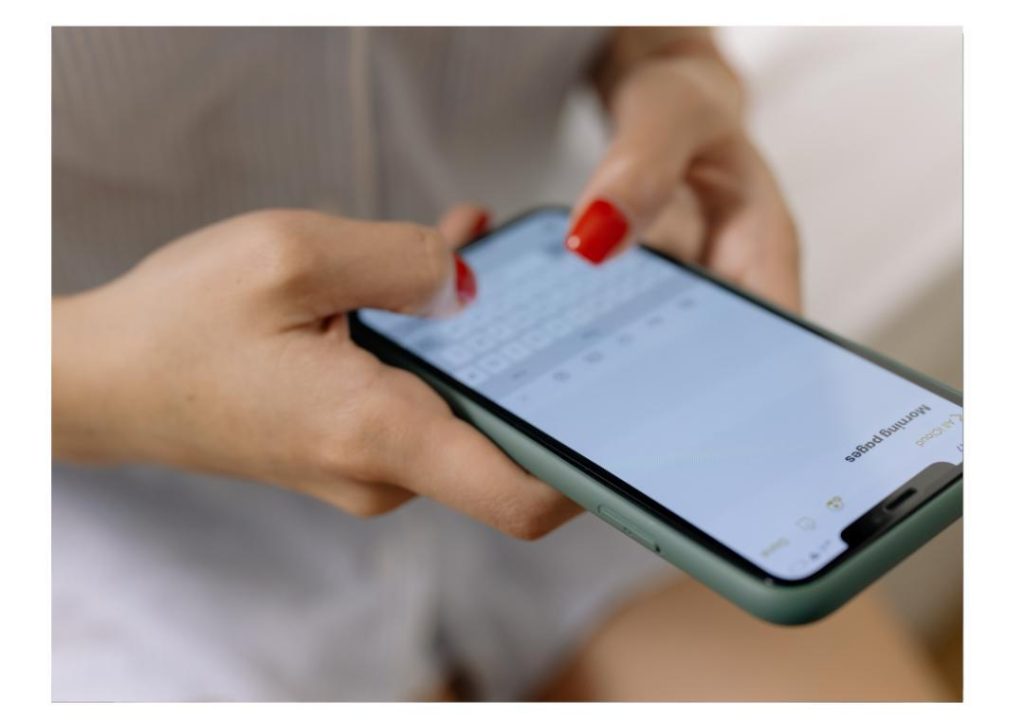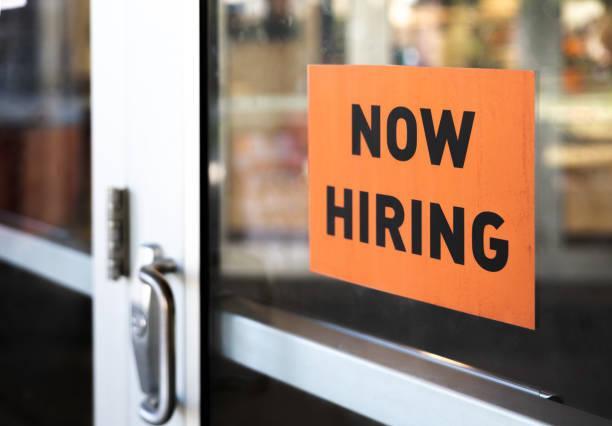
Swipes before Bites? Which is better?
In the world of food tech, user interface (UI)/user experience (UX) design is not just about aesthetics; it’s the appetizer before the meal. A sleek and intuitive interface is just as crucial as a delicious dish. From intuitive menu navigation to mouth-watering visuals, a well-designed interface makes users crave more. First impressions matter, and thoughtful design ensures smooth onboarding, quick order placement, and high user retention. On the other hand, a clunky interface can lead to users abandoning their carts before checkout.
In this blog post, we’ll delve into the importance of UI/UX design in the food tech industry and explore the question: which is better, swipes or bites?
The Rise of Swipes
In recent years, swiping has become a staple in the food tech landscape. With the proliferation of mobile ordering and payment systems, swiping has become the norm. Users can quickly and easily navigate menus, place orders, and pay with a few simple swipes. This convenience has led to a surge in popularity for swipe-based food delivery apps.
One of the most notable examples is Uber Eats, which allows users to browse menus, select items, and place orders with a few simple swipes. The app’s intuitive design and seamless user experience have made it a go-to option for foodies worldwide.
The Power of Bites
However, bites, or rather, images of food, are not just a pleasant accompaniment to the swiping experience. In fact, high-quality visuals have become a crucial aspect of food tech UI/UX design. Mouth-watering images of dishes can make users’ mouths water and increase the likelihood of ordering.
Food delivery apps like Foodpanda and Zomato have capitalized on this trend by incorporating high-quality images and videos into their interfaces. These visuals not only showcase the dishes but also provide users with a sense of what to expect, making the ordering process feel more informed and engaging.
The Verdict: Swipes before Bites?
So, which is better, swipes or bites? The answer lies in the user experience. A well-designed interface that balances swiping and visuals can create a seamless and engaging experience for users.
In reality, swipes and bites are not mutually exclusive. In fact, a swipe-based interface that incorporates high-quality visuals can create a more engaging and intuitive experience for users.
Think of it like a recipe. Swipes are the foundation, providing a solid structure for the user experience. Bites, or visuals, are the seasoning, adding flavor and depth to the overall experience.
Designing a Winning UI/UX
So, how can food tech companies create a winning UI/UX that balances swipes and bites?
- Keep it Simple: A cluttered interface can be overwhelming and lead to user frustration. Keep the design simple and intuitive, with clear navigation and minimal distractions.
- Use High-Quality Visuals: Incorporate high-quality images and videos to showcase dishes and provide users with a sense of what to expect.
- Make it Mobile-Friendly: With the majority of users accessing food delivery apps on their mobile devices, it’s crucial to design an interface that is mobile-friendly and easy to use on-the-go.
- Test and Refine: Conduct user testing and gather feedback to refine the design and improve the user experience.
Conclusion
In conclusion, swipes and bites are not mutually exclusive; they are complementary elements that can create a seamless and engaging user experience. By balancing swiping and visuals, food tech companies can create a UI/UX that is both intuitive and mouth-watering.
As the food tech industry continues to evolve, it’s essential to prioritize user experience and design an interface that is both functional and visually appealing. Whether you’re a food delivery app or a restaurant, investing in a well-designed UI/UX can make all the difference in driving user engagement and retention.
Source: https://www.growthjockey.com/blogs/social-media-trends-india-global






